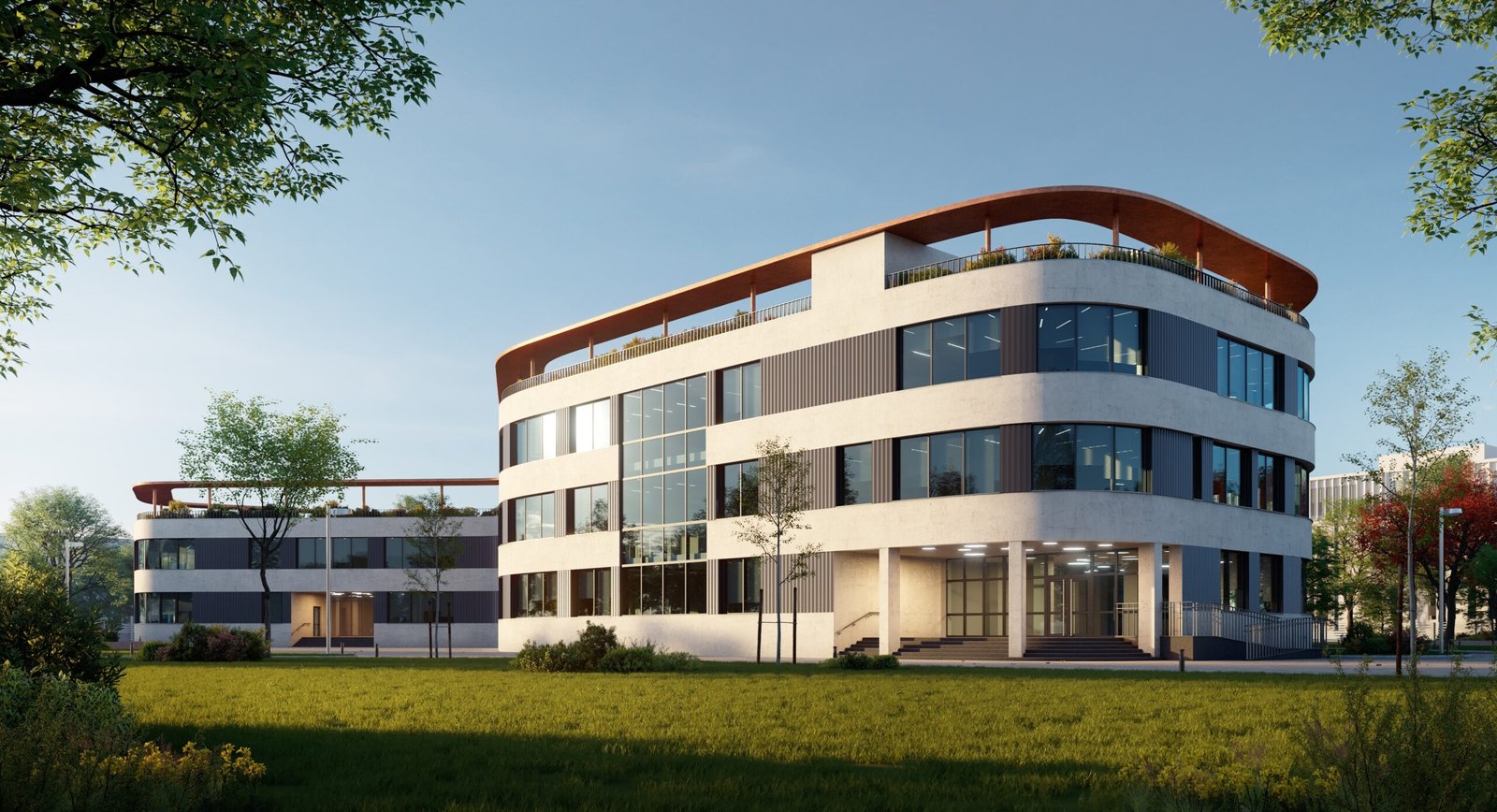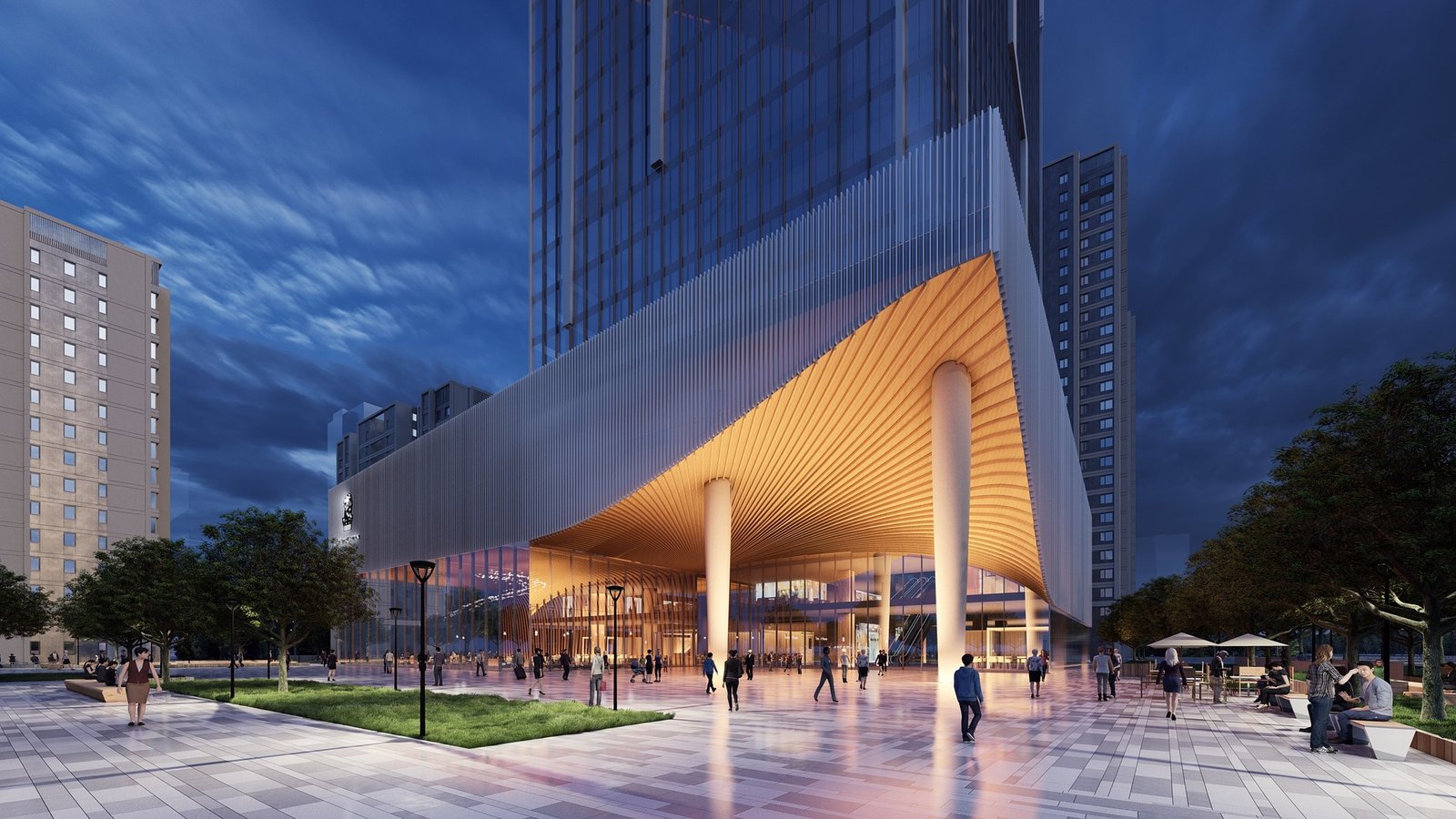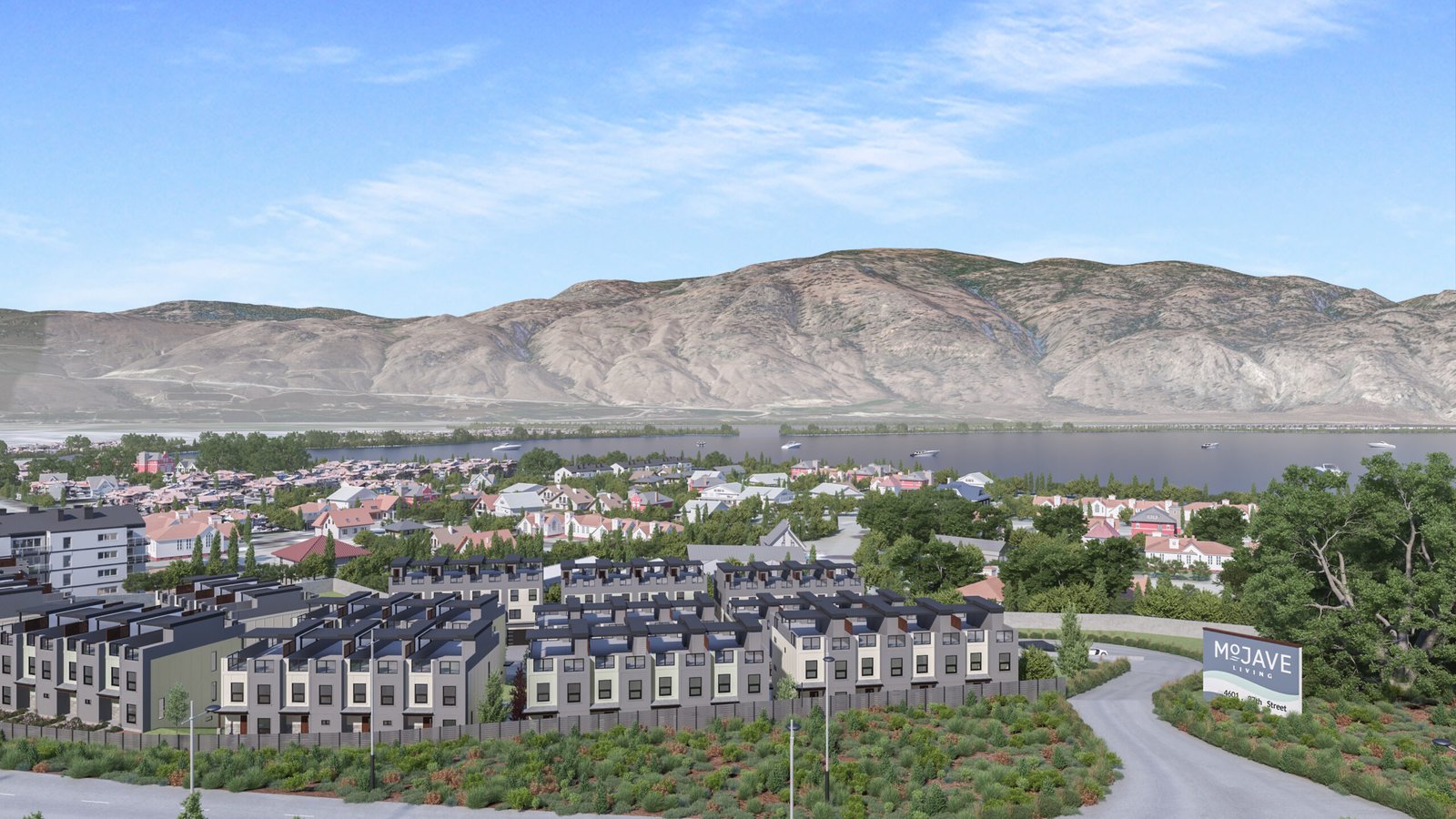You know the moment when you spread a stack of floor plans across the table and a client still looks puzzled—wondering how those lines will translate into living, breathing spaces.
That’s where 3d architectural visualization for modern architects changes the game. By turning your sketches into fully rendered visuals, you give clients an instant “wow” moment and eliminate endless back-and-forth on design intent.
Imagine sending a link instead of a PDF, letting your client wander through a virtual tour on their phone during a cramped commute. Or picture your marketing team pulling high-res stills and animated clips from the same 3D model you used in the design phase—no extra photoshoots needed.
At Build3DRender, we’ve seen firsthand how these tools streamline everything from ideation to project handovers, saving time, cutting costs, and keeping everyone excited about the vision.
When you lead with immersive visuals, you don’t just impress—you empower. Stakeholders spot potential issues before they become on-site headaches, contractors bid more accurately because they know exactly what to build, and marketing campaigns resonate because prospects can already “feel” the space.
That’s why we believe that seeing is believing—and why integrating 3d architectural visualization for modern architects into your workflow is one of the smartest moves you can make.
What Is 3D Architectural Visualization?
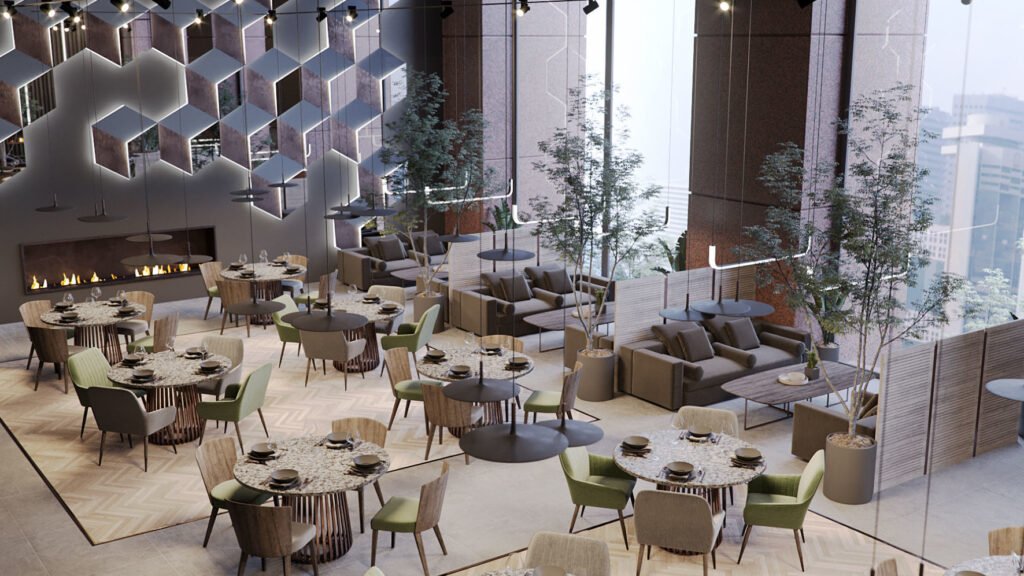
You’ve probably been in the room where everyone stares at flat floor plans, squinting to imagine room heights, window placements, or how light will dance across a lobby at sunset. 3D architectural visualization steps in at that exact moment—transforming your CAD or BIM files into fully rendered digital models that feel so real you can almost touch the walls.
Rather than asking stakeholders to decode technical drawings, you invite them to walk through a photorealistic living room, step onto a virtual terrace, or hover above the site in a drone-style fly-through.
At Build3DRender, we’ve seen how this shift changes the entire conversation. During a recent mixed-use pitch, our client replaced static slides with an interactive tour and watched investors navigate the space themselves—turning abstract concepts into shared “aha” moments.
From high-resolution stills that capture every grain of wood in a custom panel to animated walkthroughs that highlight circulation paths, our 3d visualization services span a spectrum of formats tailored to your needs. You choose whether to showcase a sunrise-lit façade in a single image or guide potential buyers through a VR headset.
This level of detail empowers architects, clients, and contractors to collaborate with confidence—ensuring that when it’s time to break ground, everyone shares the same clear vision.
1. Enhanced Client Communication
Presenting 2D drawings often leaves clients guessing about scale, flow, and finishes. With 3d architectural visualization for modern architects, you bridge that gap instantly:
• Lifelike previews show exactly how daylight streams through windows, how textures feel, and how spaces connect.
• Interactive models let clients navigate at their own pace, pinpointing areas for discussion.
• Annotated hotspots call out materials, fixtures, or design rationale—keeping conversations focused and productive.
By offering clear, realistic visuals, you reduce misinterpretations, shorten feedback loops, and build client trust from day one.
2. Faster Decision-Making and Approvals
Complex projects stall when stakeholders interpret plans differently. 3D visualization accelerates sign-offs:
• Instant impact: Photorealistic renders deliver immediate “aha” moments—clients grasp design intent without lengthy explanations.
• Rapid revisions: Change a material or tweak a layout in your digital model, then re-render to show updated options in days, not weeks.
• Streamlined approvals: Planning boards, investors, and internal teams approve designs faster when they see precise representations.
Faster approvals mean you move from design to construction ahead of schedule—saving time and reducing holding costs.
3. Improved Design Accuracy
Precision is non-negotiable in architecture. 3d architectural visualization for modern architects enhances accuracy at every level:
• True-to-scale models: Walls, windows, and structural elements mirror exact dimensions from your BIM files.
• Material fidelity: Render engines simulate glass refraction, wood grain, and concrete porosity under real-world lighting.
• Clash detection integration: Identify potential collisions between MEP systems and structural components before construction begins.
This level of detail mitigates on-site errors, reduces change orders, and keeps budgets on track.
4. Elevated Client Engagement
Modern clients expect more than static images—they want interactive experiences. 3D visualization delivers:
• Immersive VR tours: Equip clients with headsets and guide them through fully realized spaces.
• Augmented reality previews: Overlay your design onto existing sites using mobile devices, giving context and scale.
• 360° panoramas: Embed rotatable views in your website or share links for on-the-go exploration.
When clients actively engage with your models, they form emotional connections to the design—boosting enthusiasm and commitment.
5. Cost and Time Savings
You might assume 3D visualization adds expense, but it actually delivers substantial savings:
• Digital mock-ups over physical models: Skip costly-scale models and material sample shipments.
• Reduced revisions: Catch design flaws digitally before they become on-site change orders.
• Reusable assets: One 3D model generates still images, animations, VR experiences, and marketing collateral without additional shoots.
These efficiencies free you to handle more projects, optimize resource allocation, and deliver higher profits.
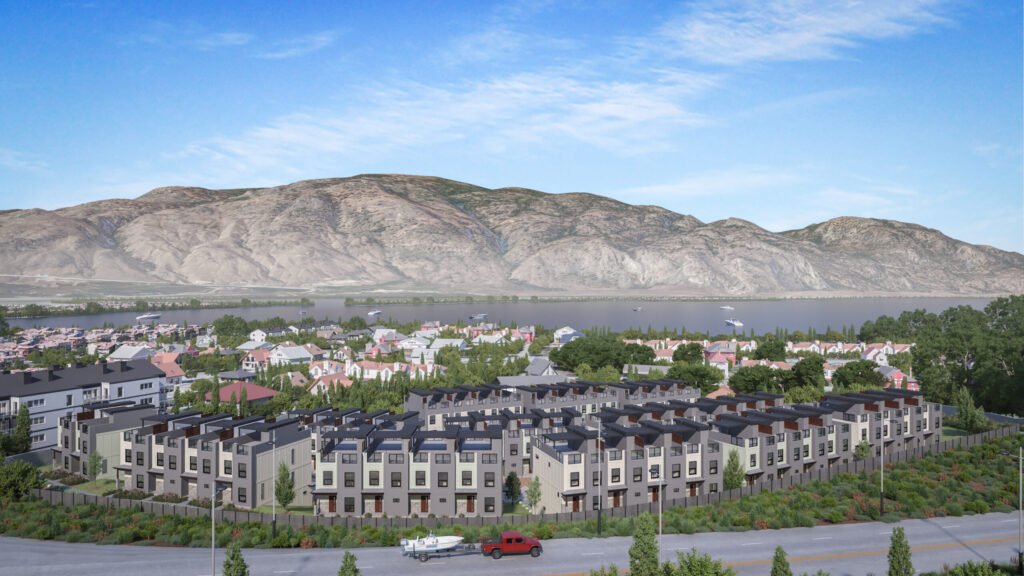
6. Competitive Differentiation
In a crowded architecture market, standing out is vital. Embracing 3d architectural visualization for modern architects positions you as an industry leader:
• Professional image: Clients perceive firms investing in advanced visualization as innovative and reliable.
• Enhanced proposals: Photorealistic renderings elevate your pitch decks, increasing win rates on competitive bids.
• Thought leadership: Publishing 3D case studies and walkthroughs on social media showcases your technical prowess.
By offering cutting-edge visuals, you reinforce your brand’s authority and attract forward-thinking clients.
7. Better Marketing and Sales Collateral
Visual content drives engagement across marketing channels. 3D assets fuel your campaigns:
• Real-estate listings: Stunning 3D stills and floor plan visualizations command attention on property portals.
• Brochures & magazines: High-resolution renders make print collateral look magazine-quality.
• Social media & email: Short animated clips and before-and-after sequences boost shares and click-through rates.
3D-generated visuals ensure consistency in your branding and messaging, reinforcing your firm’s identity at every touchpoint.
8. Collaborative Design Workflows
Architecture is a team sport. 3D visualization fosters collaboration among stakeholders:
• Cloud-based models: Share editable 3D files with engineers, interior designers, and contractors in real time.
• Centralized feedback: Integrated comment tools allow all participants to mark up models and track changes.
• Cross-discipline coordination: Visualizing structural, MEP, and interior elements together highlights potential conflicts early.
Streamlined communication reduces misunderstandings and keeps everyone aligned on project goals.
9. Sustainable Design Visualization
Sustainability isn’t an afterthought—it’s integral. 3d architectural visualization for modern architects supports green design:
• Daylighting studies: Simulate sun paths to optimize window placement and natural illumination.
• Material exploration: Preview eco-friendly finishes—reclaimed wood, recycled metal, green roofs—in context.
• Energy performance: Integrate analysis tools to estimate shading, thermal performance, and solar heat gain.
Presenting sustainable features with realistic visuals makes environmental benefits tangible and compelling to clients and regulators alike.
10. Future-Proofing Your Practice
Technology evolves fast. Investing in 3D visualization today ensures you’re ready for tomorrow’s innovations:
• Real-time engines: Unreal Engine and Unity allow clients to make design edits on the fly.
• AI-assisted rendering: Machine learning accelerates material setup and lighting optimization.
• Immersive experiences: AR/VR integrations expand your service offerings and appeal to tech-savvy clients.
By staying ahead of the curve, you future-proof your practice and maintain a competitive edge as new tools emerge.
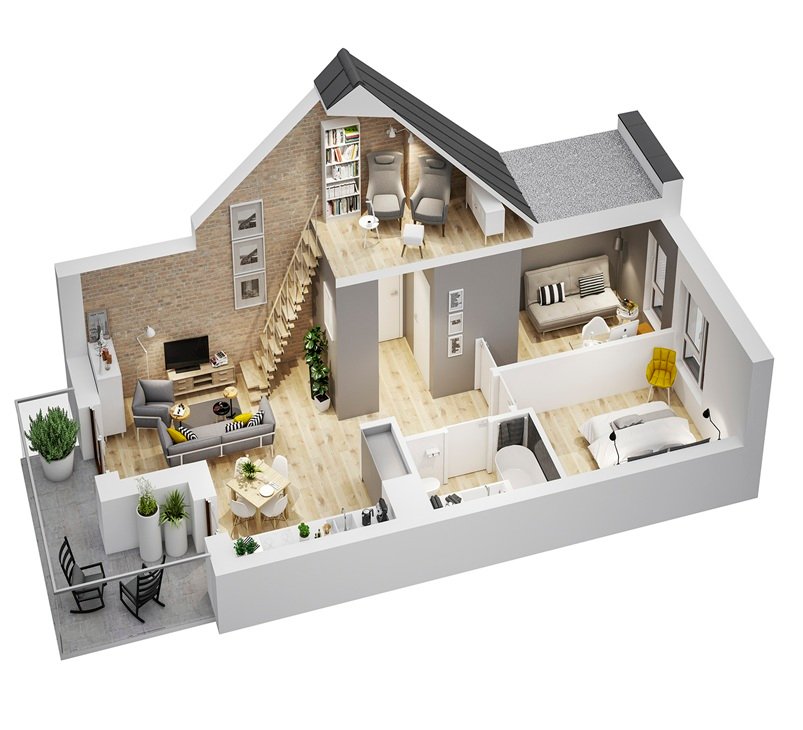
Real-World Case Studies
Case Study 1: Waterfront Condo Development
A global developer needed to pre-sell luxury waterfront units before construction. Build3DRender delivered a series of high-quality 3D renders and an interactive VR tour. Prospective buyers could explore balcony views, interior finishes, and landscaped amenities from anywhere. The developer secured 60% of units within two months, significantly ahead of the traditional sales timeline.
Case Study 2: Corporate Headquarters Fit-Out
An international technology firm sought stakeholder buy-in for a multi-floor office redesign. We produced animated walkthroughs highlighting collaboration zones, quiet pods, and brand-themed meeting rooms. The board approved the design in a single presentation, and the project completed 15% under budget thanks to clear spatial planning.
Case Study 3: University Campus Master Plan
For a sprawling academic campus expansion, our team created massing studies, streetscape renders, and time-lapse site progress animations. Planning authorities praised the clarity of the visuals, leading to expedited regulatory approvals. Donor presentations also benefited, raising 20% more funds than projected.
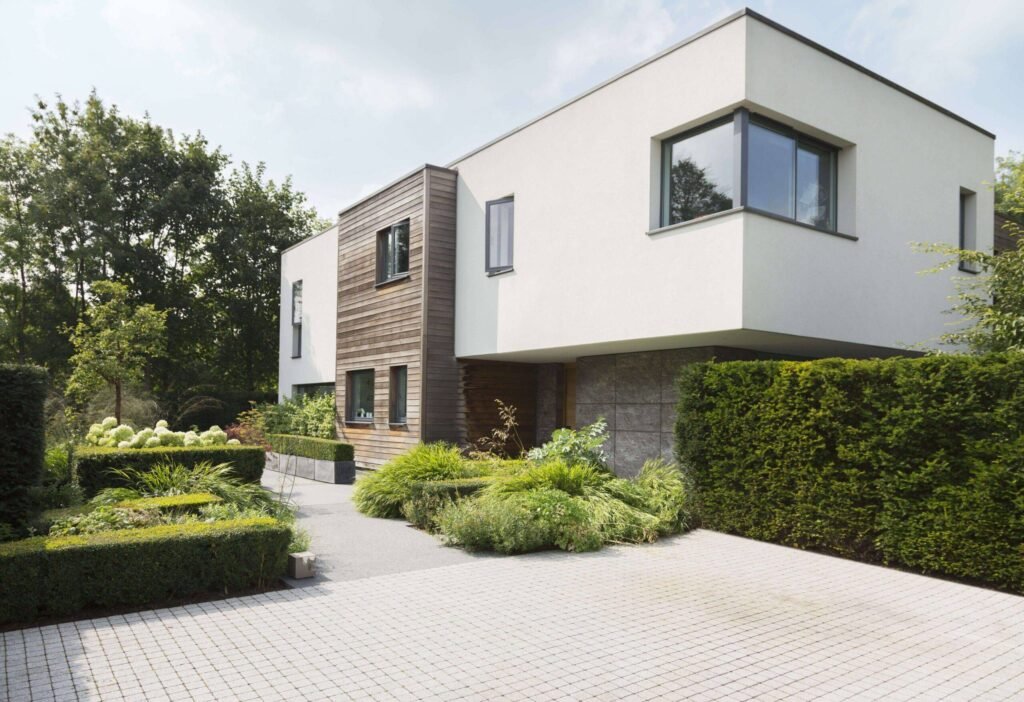
Best Practices for Maximizing 3D Architectural Visualization
- Define clear objectives: Determine if you need stills, animations, VR experiences, or a combination.
- Invest in accurate source data: Keep your CAD/BIM files current to ensure model precision.
- Maintain brand consistency: Use uniform lighting styles, camera angles, and color palettes across projects.
- Integrate stakeholder feedback early: Share draft renders to catch issues before final production.
- Optimize for performance: Balance model detail with loading speeds for smooth web and mobile experiences.
- Leverage cloud collaboration: Enable real-time updates and centralized version control.
- Stay updated on tools: Train your team on the latest software features and rendering techniques.
- Track ROI: Monitor metrics such as approval times, change orders avoided, and marketing engagement to measure impact.
3d Architectural Visualization for Modern Architects
Embracing 3d architectural visualization for modern architects does more than enhance your pitch decks—it transforms the entire design journey. By replacing uncertainty with clarity, you empower clients to see and feel your vision long before the first shovel hits the ground.
From accelerating approvals and minimizing costly revisions to elevating your firm’s reputation through stunning marketing collateral, our 3D visualization services delivers measurable value in both time saved and opportunities won.
At Build3DRender, we’ve witnessed projects take on new life when architects pair their creativity with our photorealistic renders, interactive walkthroughs, and immersive VR experiences.
Whether you’re refining material selections, validating sustainable design strategies, or showcasing your flagship concept to prospective investors, our tailored visualization workflows ensure every decision is grounded in reality—eliminating guesswork and fueling informed collaboration.
Let Build3DRender be your partner in this evolution—bringing precision, efficiency, and creativity to the forefront of your work.
Reach out today to discover how our solutions can help you win more bids, delight more clients, and lead the next wave of architectural innovation.
FREQUENTLY ASKED QUESTIONS
What file formats are common in 3D architectural visualization?
Still renders often use JPEG or PNG; animations are typically MP4; interactive tours use HTML5/WebGL; VR experiences may use Unity or Unreal packages.
How long does it take to produce 3D visualizations?
Simple still images can take 2–3 weeks; detailed animations and VR tours usually require 3–6 weeks, depending on complexity and revision cycles.
Can 3D visualization integrate with BIM workflows?
Yes. Many visualization studios import BIM data directly into rendering engines, preserving geometry and metadata for accurate representations.
Is 3D visualization cost-effective compared to traditional mock-ups?
Absolutely. Digital assets eliminate physical model costs, reduce on-site change orders, and can be repurposed across marketing channels without extra shoots.
How do I prepare my project for 3D visualization?
Provide up-to-date CAD/BIM files, material specifications, reference images, and context data like site photographs or topography maps.
Can 3D visualization showcase sustainable design features?
Yes. We can simulate daylighting, material choices, green roofs, and energy performance metrics to support your sustainable design goals.

